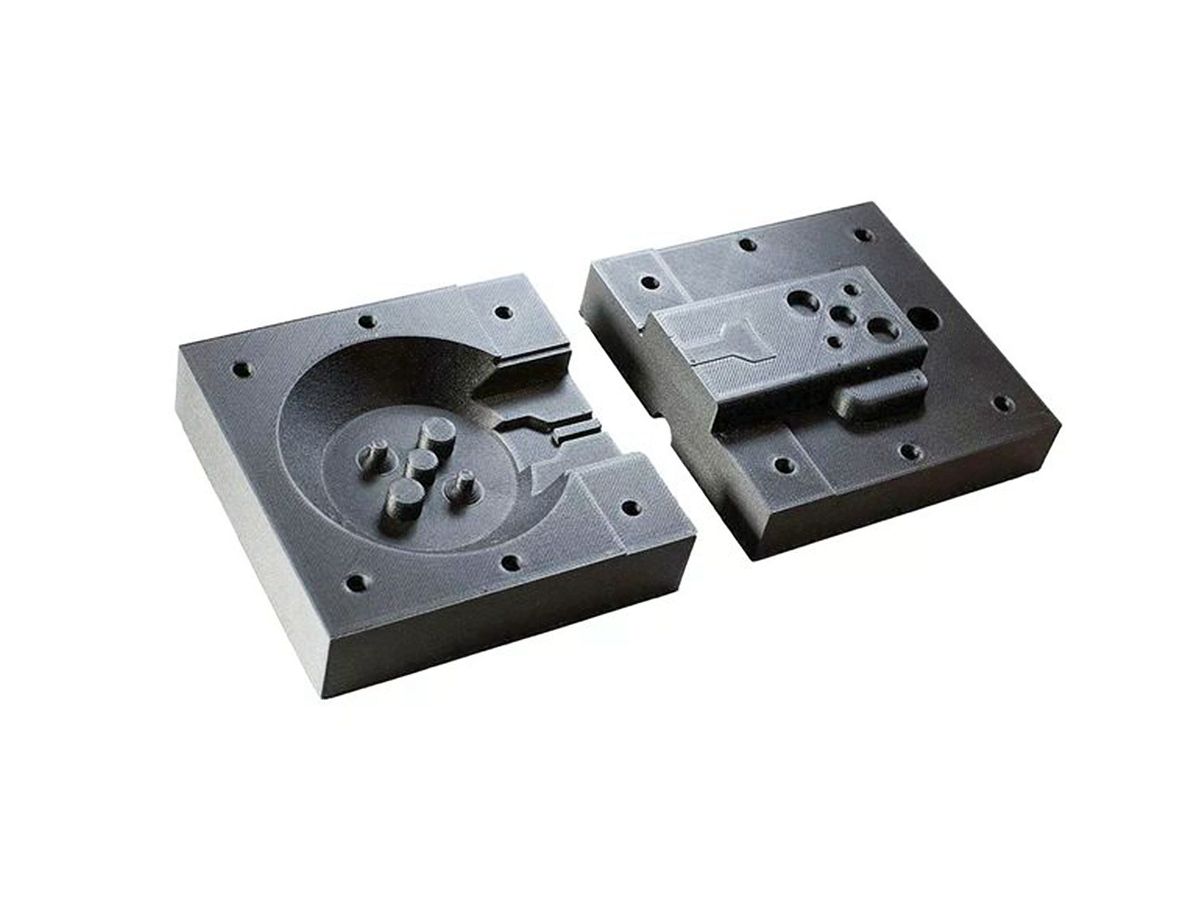Unlock Faster Iteration: Carbon Steel 3D Printing for Durable Rapid Prototyping Models
Introduction
Carbon steel 3D printing accelerates rapid prototyping by enabling the creation of durable, highly accurate functional models that withstand mechanical testing and iterative design cycles. Leveraging advanced metal 3D printing technologies like Selective Laser Melting (SLM) and Direct Metal Laser Sintering (DMLS), high-strength carbon steels such as Tool Steel H13 and AISI 4140 deliver superior mechanical properties, enabling faster design validation and product development.
Compared to traditional CNC machining, carbon steel 3D printing for prototyping significantly reduces lead time, material waste, and overall cost, while supporting the fabrication of complex geometries that mirror production-intent parts.
Applicable Material Matrix
Material | Ultimate Tensile Strength (MPa) | Yield Strength (MPa) | Hardness (HRC) | Wear Resistance | Prototyping Suitability |
|---|---|---|---|---|---|
1500 | 1300 | 45–52 | Excellent | High-thermal load prototypes | |
1900 | 1600 | 55–62 | Excellent | High-wear prototyping tools | |
950 | 655 | 28–32 | Very Good | Structural prototypes | |
2000 | 1700 | 60–65 | Excellent | Cutting tool prototypes | |
1450 | 1250 | 40–50 | Excellent | Impact-resistant prototypes | |
2000 | 1800 | 52–54 | Excellent | High-toughness, precision models |
Material Selection Guide
Tool Steel H13: With tensile strength up to 1500 MPa and hardness reaching 52 HRC after heat treatment, H13 is ideal for prototypes subjected to high thermal and mechanical loads, such as injection mold inserts and die-casting components.
Tool Steel D2: Offering ultra-high hardness (up to 62 HRC) and wear resistance, D2 is preferred for creating wear-intensive prototype tools like forming dies and cutting blades for durability validation.
AISI 4140: A versatile low-alloy steel with excellent toughness (yield strength ~655 MPa) for rapid prototyping of structural parts, automotive brackets, and mechanical linkages.
Tool Steel M2: A high-speed tool steel with hardness levels up to 65 HRC, suitable for producing prototypes of drill bits, cutters, and precision machining tools under development.
Tool Steel H11: Selected for prototypes needing superior impact and thermal shock resistance, such as aerospace tooling and hammer dies.
Tool Steel MS1 (Maraging Steel): Maraging steels combine high strength (up to 2000 MPa) with excellent toughness and are ideal for precision-engineered prototypes, especially for aerospace and motorsport parts.
Process Performance Matrix
Attribute | Carbon Steel 3D Printing Performance |
|---|---|
Dimensional Accuracy | ±0.05 mm |
Density | >99.5% Theoretical Density |
Layer Thickness | 30–60 μm |
Surface Roughness (As-Printed) | Ra 5–12 μm |
Minimum Feature Size | 0.4–0.6 mm |
Process Selection Guide
Rapid Iteration: 3D printing enables quick turnaround for prototype production, slashing development cycles by 50–70% compared to traditional machining.
Production-Like Mechanical Properties: Prototypes can be thoroughly tested for mechanical performance, thermal tolerance, and wear resistance under real-world conditions.
Complex Geometry Realization: Intricate designs like internal cooling channels, lightweight lattice structures, and conformal features can be produced without costly tooling.
Reduced Material Waste: Near-net-shape manufacturing minimizes material usage, reducing costs and environmental impact during prototyping.
Case In-Depth Analysis: Tool Steel H13 3D Printed Prototype for Die Casting Mold Inserts
A tooling manufacturer required rapid production of mold insert prototypes for a new die-casting process. Using our carbon steel 3D printing service with Tool Steel H13, we produced inserts with tensile strength exceeding 1450 MPa, hardness of 50 HRC, and density above 99.5%. Complex conformal cooling channels were integrated into the design to improve cooling rates by 25%, reducing cycle time in production simulations. Post-processing included heat treatment to achieve final mechanical properties and CNC machining for critical tolerances.
Industry Applications
Automotive and Transportation
Prototyping of gears, brackets, suspension components, and housings.
Development of lightweight structural prototypes for electric vehicles.
Aerospace and Defense
Prototyping of landing gear components, tooling fixtures, and actuator housings.
Testing of high-load and high-temperature aerospace parts.
Industrial Manufacturing
Rapid prototyping of heavy-duty industrial tooling, molds, and dies.
Development of high-wear cutting tools and forming dies for process validation.
Mainstream 3D Printing Technology Types for Carbon Steel Prototypes
Selective Laser Melting (SLM): Best for high-density, precision prototypes with near-final mechanical properties.
Direct Metal Laser Sintering (DMLS): Ideal for complex prototyping geometries and fast production cycles.
Binder Jetting: Suitable for larger, moderate-strength prototypes needing cost-effective batch production.
FAQs
What carbon steel grades are best for 3D printed durable prototypes?
How does carbon steel 3D printing accelerate rapid prototyping development?
Can carbon steel 3D printed prototypes match production-level strength and wear resistance?
What are the best post-processing methods for 3D printed carbon steel parts?
How does 3D printing enable complex geometry realization in carbon steel prototyping?

